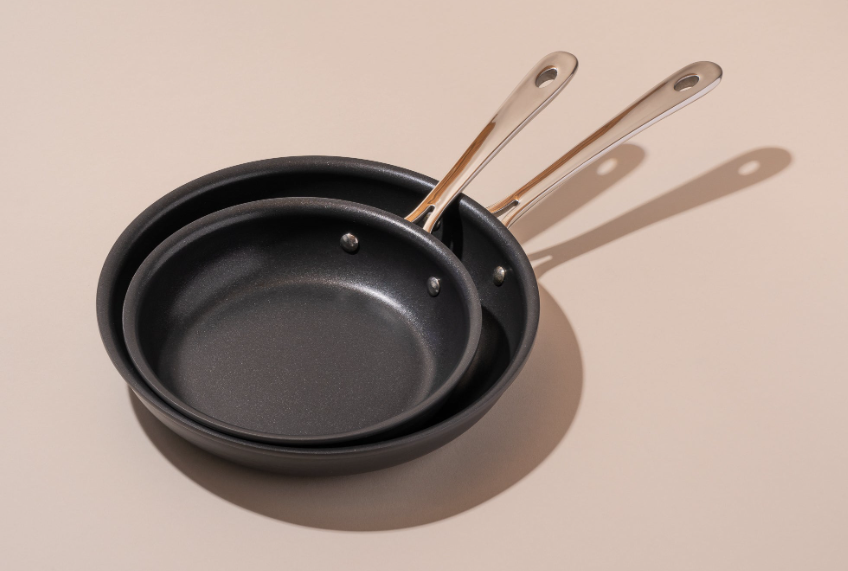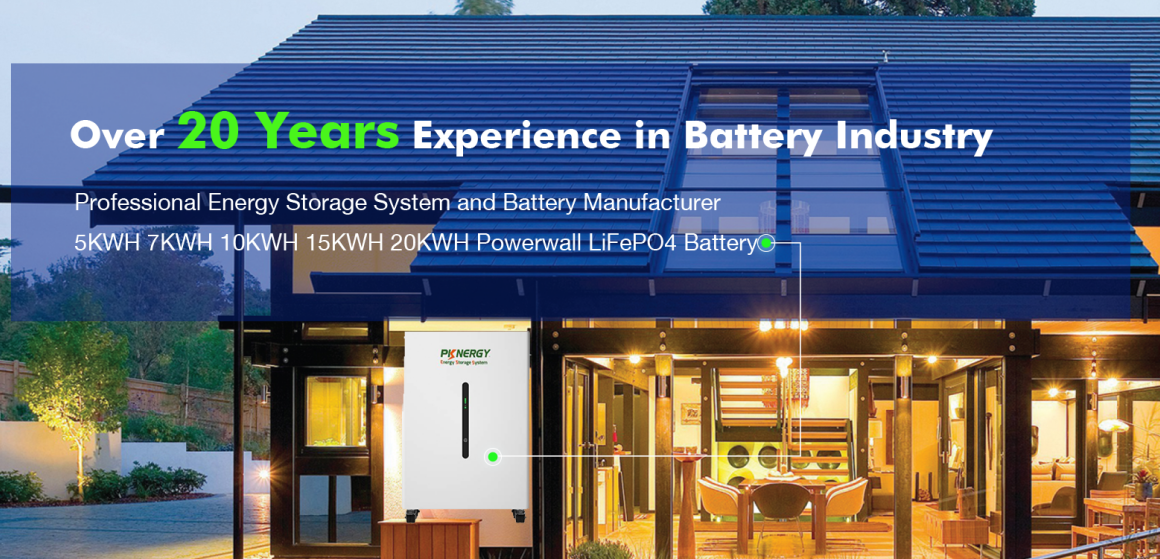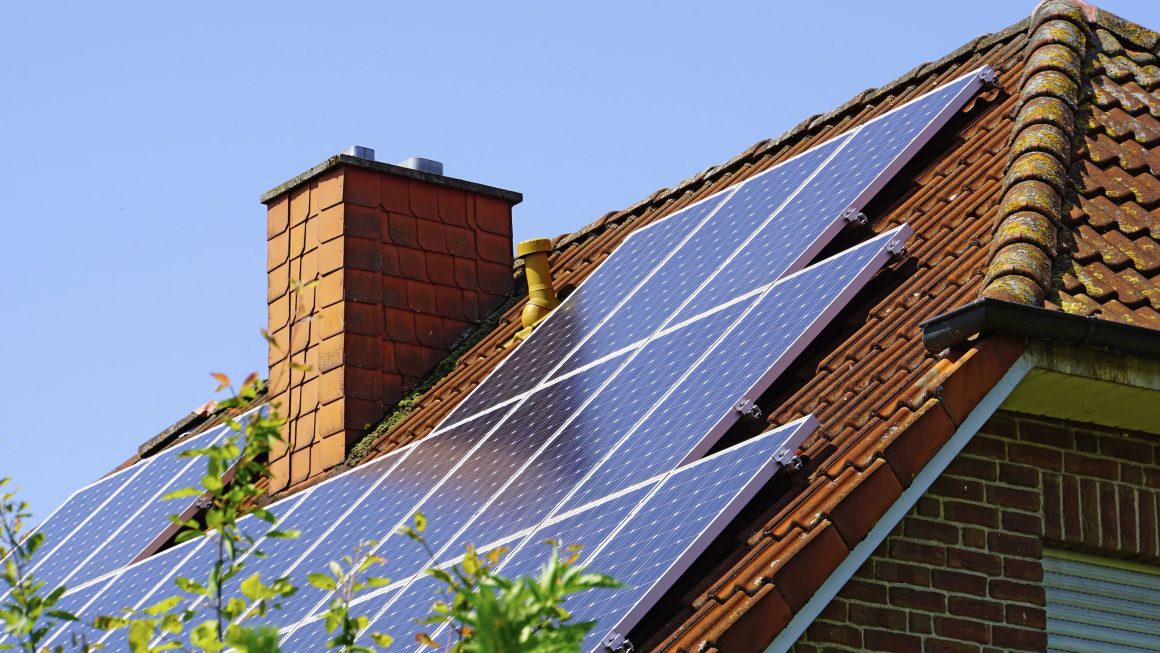Nonstick frying pans are a great option for cooking because they help to prevent food from sticking to the pan and make cleanup a breeze. Teflon is the most common material used as the nonstick coating on cookware.
Recently, There’s been a lot of debate over Teflon being used as a nonstick coating concerning whether it is safe or not. So, you might be wondering, do all nonstick pans have Teflon?
In this blog post, you will find what non-stick pans are, pros and cons of Teflon, and what are some of the best nonstick pans without Teflon?.
What is Nonstick Cookware?
Nonstick cookware has a coating on the surface to prevent food from sticking. It works by creating a barrier between the food and the pan. This barrier prevents the food from sticking to the pan and makes cleanup much easier. The most common type of non-stick cookware is coated with Teflon.
What is Teflon?
Teflon is a synthetic material made from Polytetrafluoroethylene (PTFE). It was originally developed in the 1930s. Teflon is best known for its use as a nonstick coating for cookware.
Is it safe to use Teflon-coated pans?
Perfluorooctanoic (PFOA) acid is a substance that has generated concerns about the safety hazards of Teflon-coated cookware. This was once employed to create non-stick cookware, but it is now hardly ever utilized.
These worries, meanwhile, are unfounded in the modern world. Although PFOA was once present in Teflon products (until 2013). Normally, the majority of the PFOA would burn off during the production process (because of the absurdly high temperatures). Usually, very little is left on the finished goods. However, research has established that this quantity of PFOA is considered too small to constitute meaningful toxicity.
Pros and Cons of Teflon-coated pans
Here are the pros and cons of nonstick pans having Teflon coating:
Pros:
- Prevents food from sticking to the pan
- Makes cleanup a breeze
- FDA-approved
Cons:
- Can release toxins when heated to high temperatures (more than 500 degrees Fahrenheit)
- Not as durable as other types of nonstick cookware
Best Nonstick Pans Without Teflon
If you’re looking for nonstick pans that don’t have Teflon, here are some of the best options:
Ceramic:
Ceramic coatings are made from inorganic materials like clay, and sand. This coating is bonded to the cookware at a high temperature. They are PTFE and PFOA free, making them a safer option than Teflon.
Here are the pros and cons of ceramic cookware:
Pros:
- PTFE and PFOA free
- Nonstick surface
- Easy to clean
- Safe to use
Cons:
- Can be scratched easily with metal utensils
- Not dishwasher safe
Anodized aluminum
Anodized aluminum is aluminum that has been a procedure to make it stronger and more long-lasting. The aluminum is put through a chemical bath and subjected to a high electrical charge in order to achieve this.
Nearly all hard-anodized alternatives are also non-stick, despite the fact that they are sometimes regarded as a different category from non-stick pans.
Here are the pros and cons of anodized aluminum cookware:
Pros:
- PFOA-free nonstick surface
- Easy to clean
- High thermal conductivity
- Safe to use
Cons:
- Can be scratched easily with metal utensils
- Not dishwasher safe
Cast iron:
Cast iron pans are a great option for cooking at high temperatures. They are very durable and can last for many years. Cast iron pans are also naturally nonstick (pre-seasoned) because of the oil used during the manufacturing of the cookware.
Pros and cons of cast iron cookware:
Pros:
- Inexpensive
- Durable
- Nonstick surface
- Can be used at high temperatures
Cons:
- Heavier than other types of cookware
- require seasoning to maintain the nonstick surface
- Not dishwasher safe
Conclusion
In conclusion, not all nonstick pans have Teflon. There are different types of nonstick pans available that do not use Teflon, you can decide which one is right for you. If you are concerned about the safety issue of Teflon, there are many other options available that are just as effective.
FAQs
How To Tell If Your Baking Pans Have Teflon?
If you’re not sure whether your baking pans have Teflon, check the bottom of the pan for a label that says “PTFE” or “Teflon.” If there is no label, it’s likely that the pan does not have a nonstick coating.
What are the best nonstick pans without Teflon?
If you’re looking for a nonstick pan that does not have Teflon, some good options include ceramic, anodized aluminum, and cast iron. Stainless steel is also a good option if you’re looking for something that is easy to clean and maintain.
Is Teflon cancerous?
Before 2013, due to the high concentration of PFOA, there were some health hazards associated with Teflon. But today, Teflon itself poses no health risks, technically speaking. The American Cancer Society (ACS) states that using pans with Teflon (or any other non-stick coatings) poses no reported dangers to people.



